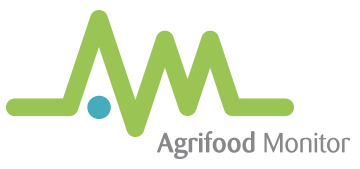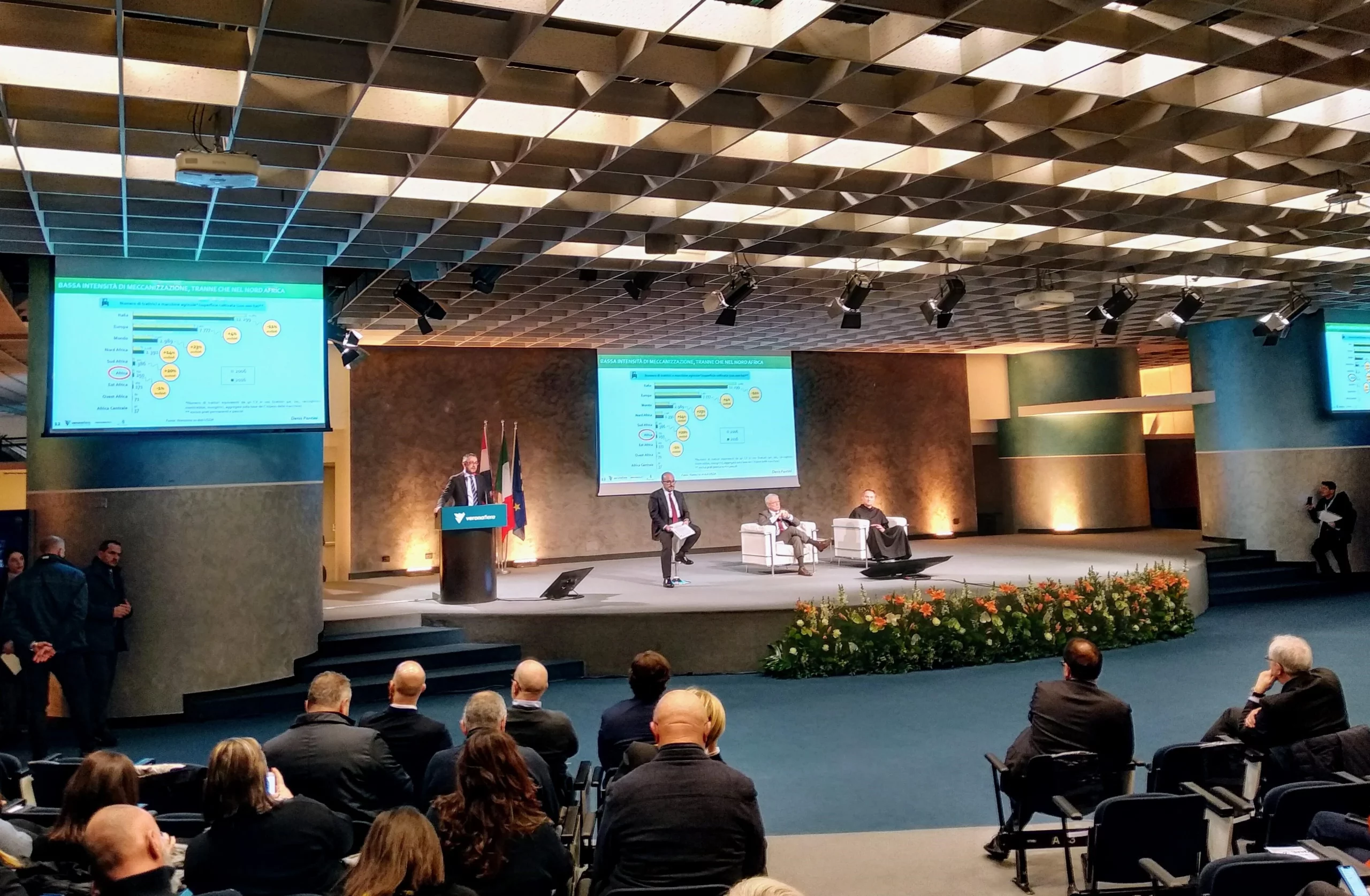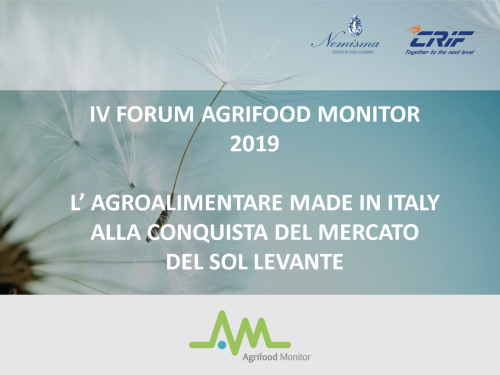Verona (Italy), 29th January 2020 – Denis Pantini presents the key numbers of the Nomisma-Veronafiere-Fieragricola Observatory “Agribusiness in Africa and trade relations with the EU and Italy” at the inaugural conference of the 114th edition of the Veronafiere event.
Africa is a continent lagging behind structurally even in the agricultural field, with organizational and technological problems. The result is a ‘system’ crisis in the supply chain which is evident in the production of an economy which, although it represents 24% of the world’s usable agricultural area (UAA), in terms of value it stops at 6%. It is the conjunction of a gigantic area with strong contradictions, in which the great potential and the boundless rural areas clash with the undernourishment emergency and with a pure subsistence agriculture, while the commercial deficit of agri-food is flying and, paradoxically, food waste is increasing (to 15%) due to losses along the production and distribution chain. A Continent, finally, which still represents the future in demographic (with over 1/4 of the world population within thirty years), environmental and commercial terms. This is the summary framework offered by the report of the Fieragricola-Nomisma Observatory “Agribusiness in Africa and trade relations with the EU and Italy”, presented today at Veronafiere at the opening of the 114th edition of the agricultural event in Verona.
MORPHOLOGY
Even with an economic-demographic framework still developing, despite the positive trends in the wealth produced in particular in some areas of the North and South, Africa is by far the area with the greatest potential rate of agricultural development. Suffice it to say that the 232 billion dollars of production value derives largely from arable crops (world epicenter of corn and sorghum crops), while the crops with the highest added value (fruit and vegetables) still represent only 3% of cultivated area (1.1 billion hectares of total UAA). Even breeding, while representing 20% of the world production of sheep and buffalo meat, will not be able to keep pace with the very strong population growth, making the African continent more and more a net importer of food of animal origin. Finally, also in terms of machinery – highlights the report – the margins are enormous. To date, in fact, the ratio between agricultural machinery and tractors per cultivated hectare is infinitesimal: 1 machine every 31 in Europe and even 1 every 50 in Italy.
MARKET
In the last 10 years the scenario of agricultural imports to Africa has in fact undergone substantial changes, with Russia becoming the main supplier of agricultural commodities with a market share that rose from 5% in 2008 to 12%. On the other hand, both the European countries and the US are losing shares in the face of a new player, India, which is forcefully making its way. The main imported products are cereals (64% of the total), fish and crustaceans (13%), seeds and oily fruits (8%). And if Italy plays a marginal and declining role in foodstuffs (1% of the total), in machinery it boasts a historical leadership position increasingly undermined here also by Eastern suppliers: India (23%), which it precedes the Belpaese (15%) in the export of tractors; China, which dominates (27%) again over Italy (9%) in agricultural machinery. And the latter is the most promising item in the short term, with an overall growth in demand of 65% in 10 years, from 1.4 to 2.3 billion dollars.
For the head of Nomisma Agrifood Business Unit, Denis Pantini: “In consideration of the progressive demographic increase and the relative food demand, we understand how the need for the African continent for greater development of its primary sector becomes fundamental. A development that cannot fail to pass through a simultaneous technological increase and equipment equipment capable of increasing productivity from a sustainable perspective. Going into the details of the trade in agricultural and food products, it can be seen that our trade balance presents a negative balance of almost 650 million euros, mainly determined by the purchases of African agricultural commodities mainly concerning fish (59% of agricultural imports in value) , fruit and vegetables (27%, over a third represented by citrus fruits, mostly from South Africa “.
The initiative was also attended by Teresa Bellanova, Minister of Agricultural, Food and Forestry Policies, Marija Vučković, Minister of Agriculture of the Republic of Croatia, Paolo De Castro, MEP member of the Commission for Agriculture and Rural Development, Father Mauro Gambetti, Custos of the Sacred Convent of Assisi, Giulio Tremonti, President of Aspen Institute Italia, and with Gennaro Sangiuliano, TG2 Director.



